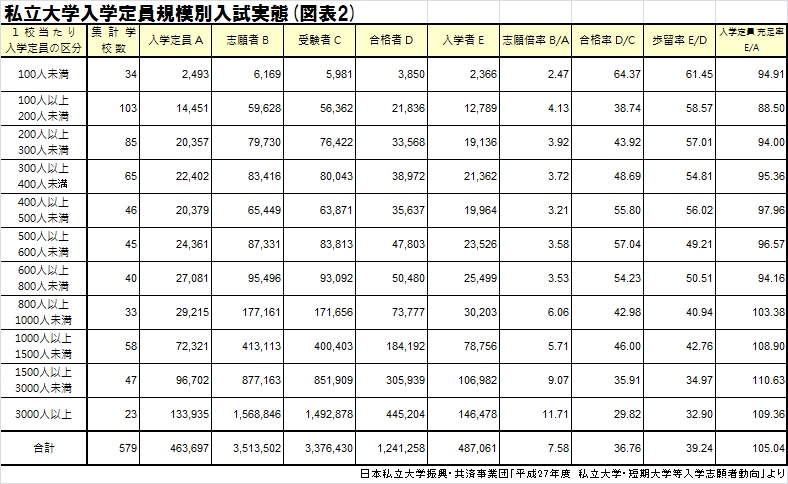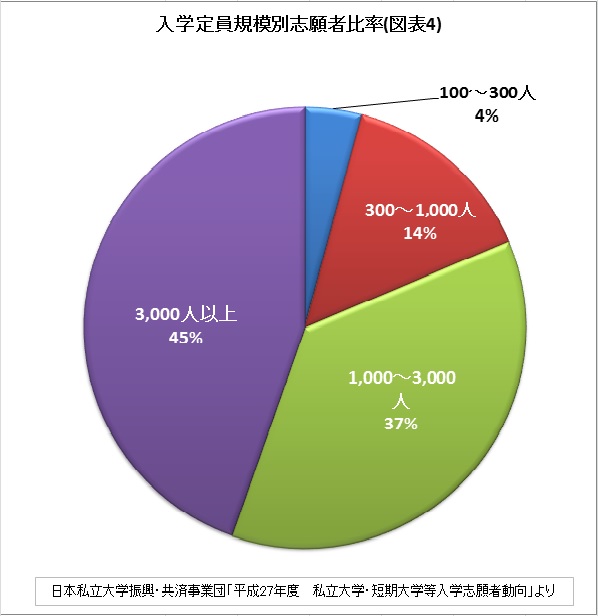The number of universities continues to increase, and the 1992-year-old population is expected to decline steadily starting after 18.The management of each university at that time promoted university reform with a sense of crisis.We have promoted reforms such as reorganization of faculties and departments, renewal of campus facilities and equipment, reform of entrance examinations, evolution of student recruitment and public relations strategies, and relocation of campuses to urban areas.At that time, I was in the field of promoting reforms from an outside perspective, and the speed of the reforms was slow, and I felt that the reforms were more like cleaning the wrapping paper than the essential reforms.In other words, the reform of small hands led to an increase in applicants.
Behind this was an unexpected increase in the university entrance rate.Many experts have stated that the university entrance rate will be limited to about 30% due to tuition fees, but it has increased more than expected.With the conversion of junior colleges to college, the rate of female high school students going to college has increased significantly. In 2014, the 18-year-old population was 118 million (105 million high school graduates, 61 university enrollments, 51.5% university enrollment rate), a 1992% decrease in the 18-year-old population compared to 42.However, the number of university enrollments has increased by 7.This is because the university entrance rate has doubled from 26.4% to 51.5%.At each university, the 18-year-old population was certainly declining, but the sense of crisis quickly diminished as the actual number of applicants continued to grow.
Meanwhile, the result is that the university that is increasing the number of applicants and the university that has less than the enrollment capacity are becoming more polarized. In the 1990s, the average number of private universities with less than the enrollment capacity was about 20% at 5 schools, but the number of private universities that has increased sharply since 1999 has increased to about 250 schools, about 45% in recent years. ..Moreover, the reality is that universities with many capacity gaps are concentrated in small universities in rural areas.
The oligopoly of the number of applicants has also progressed.According to the Japan Private University Promotion and Mutual Aid Corporation “27 Private University / Junior College Enrollment Trends” (Chart 2.3.4), the composition of the 579 private university enrollments included in the total is enrollment. 1,000 universities with a capacity of less than 451 are 78%, 1,000 schools with 3,000 to less than 105 are 18%, and 3,000 schools with a capacity of 23 or more are 4%.However, the market share of 351 million applicants by size is 1,000% for universities with enrollment capacity of less than 18, 1,000% for universities with 3,000 to less than 37, and 3,000% for more than 45.In other words, 4 large universities with only 23% have acquired 45% of applicants, and the remaining 55% of applicants are competing with 556 small and medium-sized universities (96%). It is a composition.
Many large-scale universities are traditional brand universities located in urban areas, and the deviation value is also high, so they have established a solid position.It was also a large-scale university that continued to expand by reorganizing new faculties and departments with an increase in capacity.The author has predicted from the past that if a large-scale university located at the top of the deviation value advances reforms with an increase in capacity, a "straw phenomenon" will occur in which new students are sucked from lower universities.That is exactly the reality.On the other hand, small and medium-sized universities have been divided into universities that have promoted reforms and universities that have been left behind, depending on demographics and administrative measures.In other words, it was polarized into a large-scale university, a university with advanced reforms, and a university that could not escape from the capacity shortage.



